Radio remote control receiver
One remote control is included
(Compatible with Home-Link system)
*DC 12-24 V
*2 Channels
*315 MHz
The radio remote control receiver essentially acts as the “interpreter” between the user’s command (sent via radio waves) and the machine’s response.
-
Receives Signals:
The receiver captures radio waves emitted by the transmitter.
-
Decodes Commands:
It then interprets the specific pattern of radio waves to understand the intended action (e.g., move forward, turn left, etc.).
-
Controls Devices:
The receiver then sends appropriate signals to the device’s internal components (like motors or servos) to carry out the desired action.
-
Part of a System:
It’s a crucial part of a radio remote control system, working in conjunction with a transmitter to enable wireless control of various devices.
-
Receives radio waves:
The core function is to capture the radio frequency signals from the transmitter.
-
Decodes signals:
It translates the radio waves into usable control signals for the machine.
-
May use relays or proportional control:
Some receivers utilize relay technology for on/off control, while others offer proportional control for more nuanced movements.
-
Modular design:
Modern receivers often have a modular design to accommodate various control needs, including relay, proportional, and CAN solutions.
-
Different types:
Receivers vary based on their application (e.g., industrial, hobbyist) and the type of signals they can handle (e.g., PWM, analog, CAN).
-
Integration with other components:Receivers are often connected to other components like servos, speed controllers, and flight controllers, depending on the application.

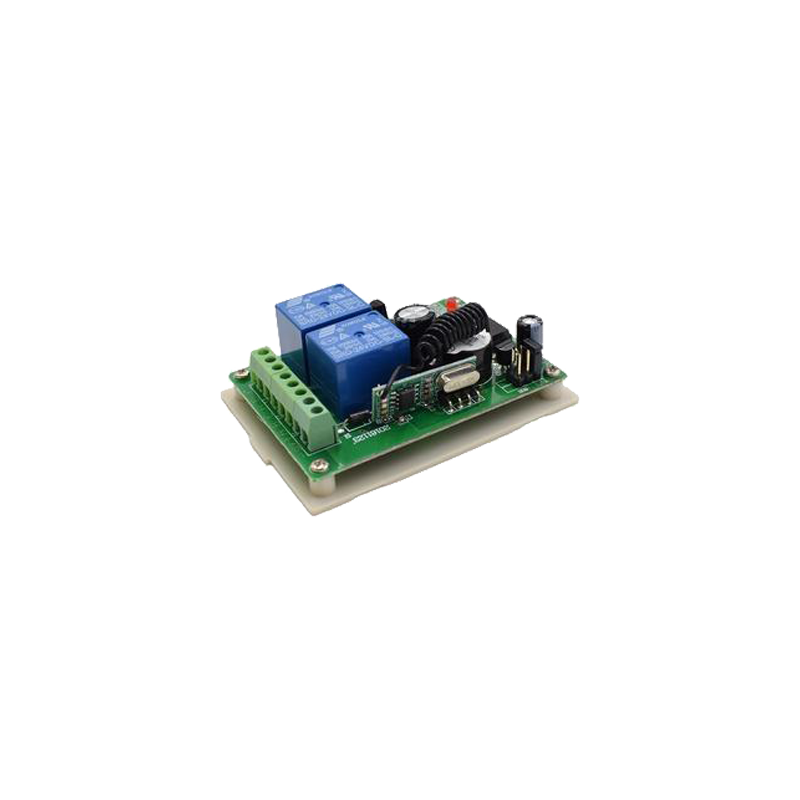
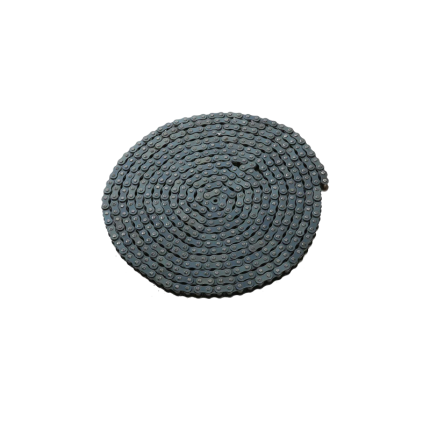
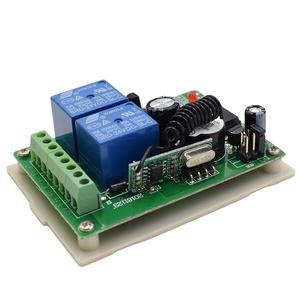

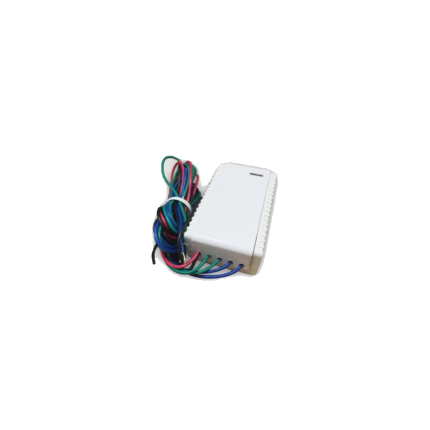

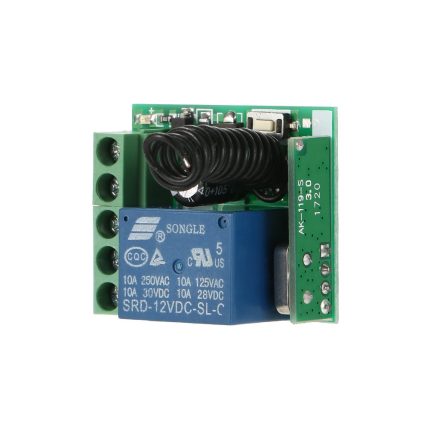
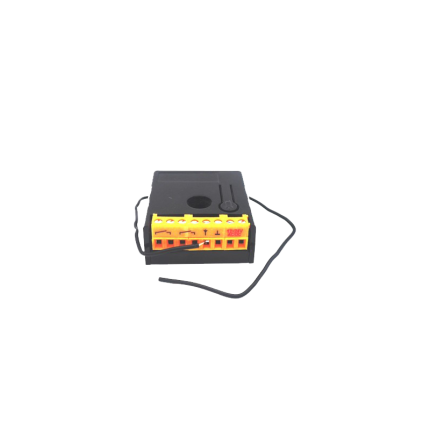
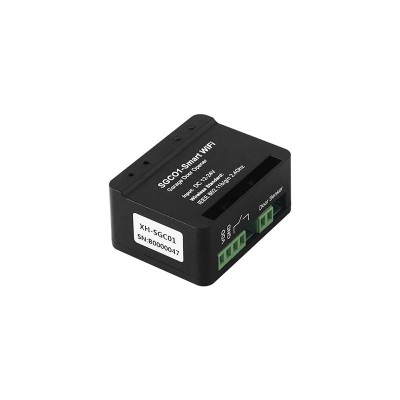
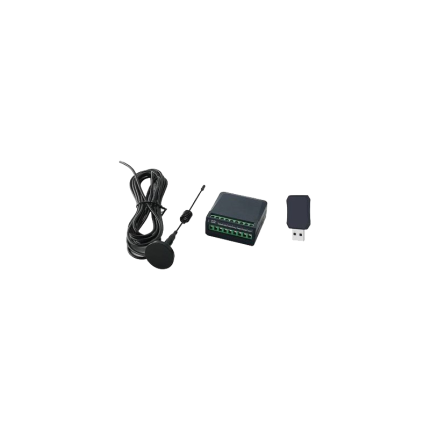

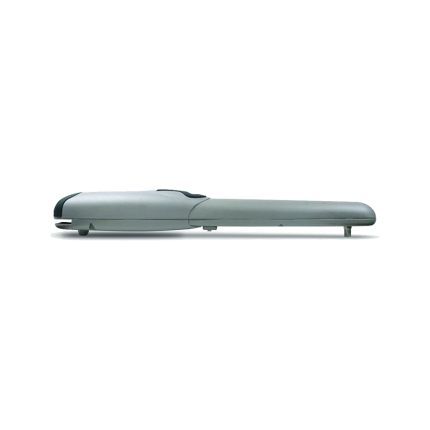
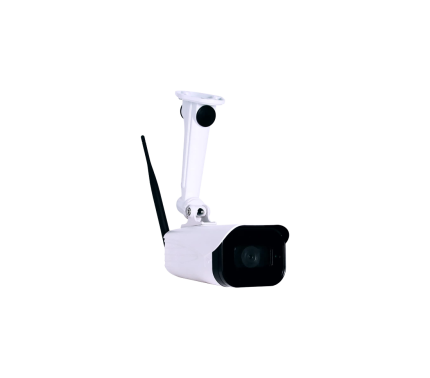


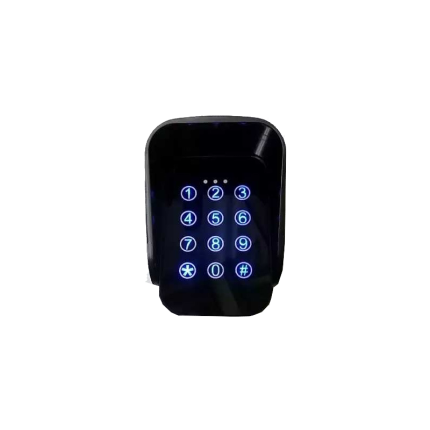
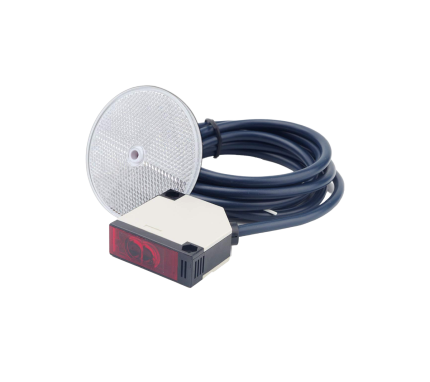
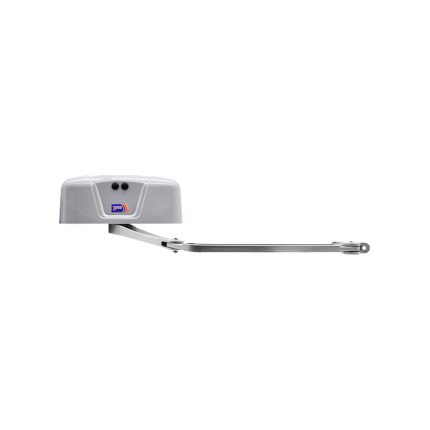
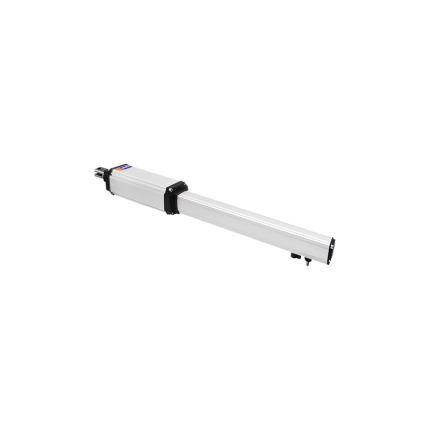
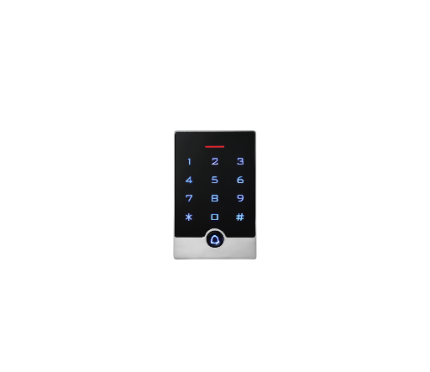
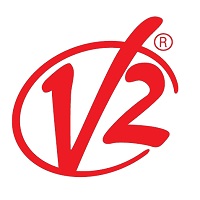
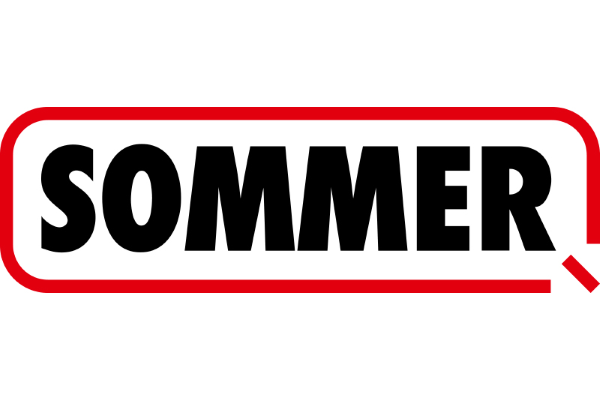
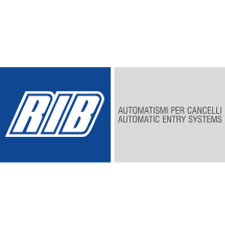

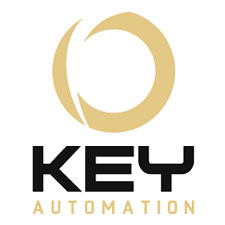
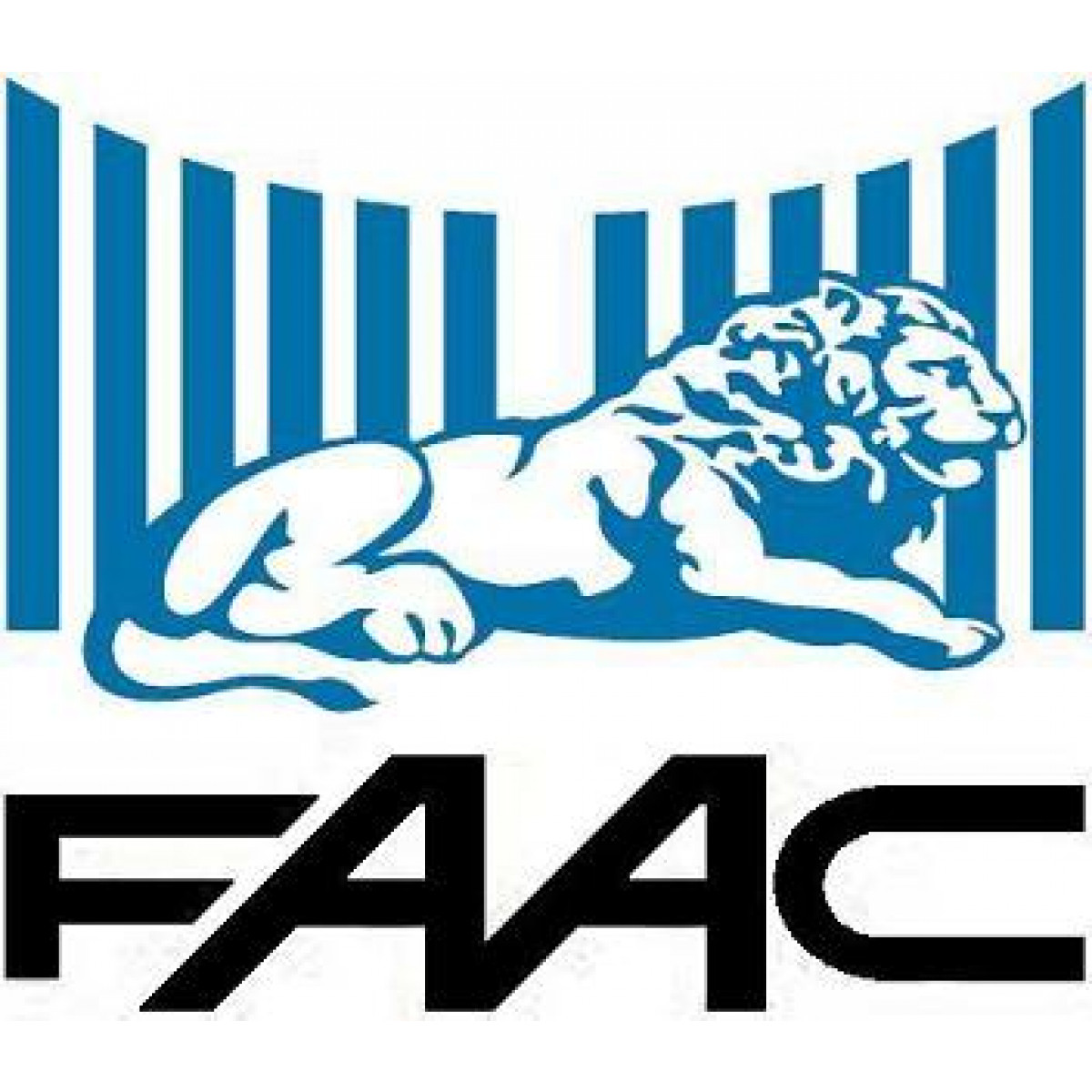

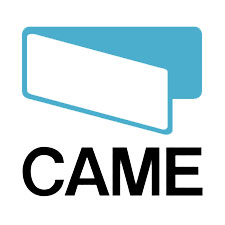

Reviews
There are no reviews yet.